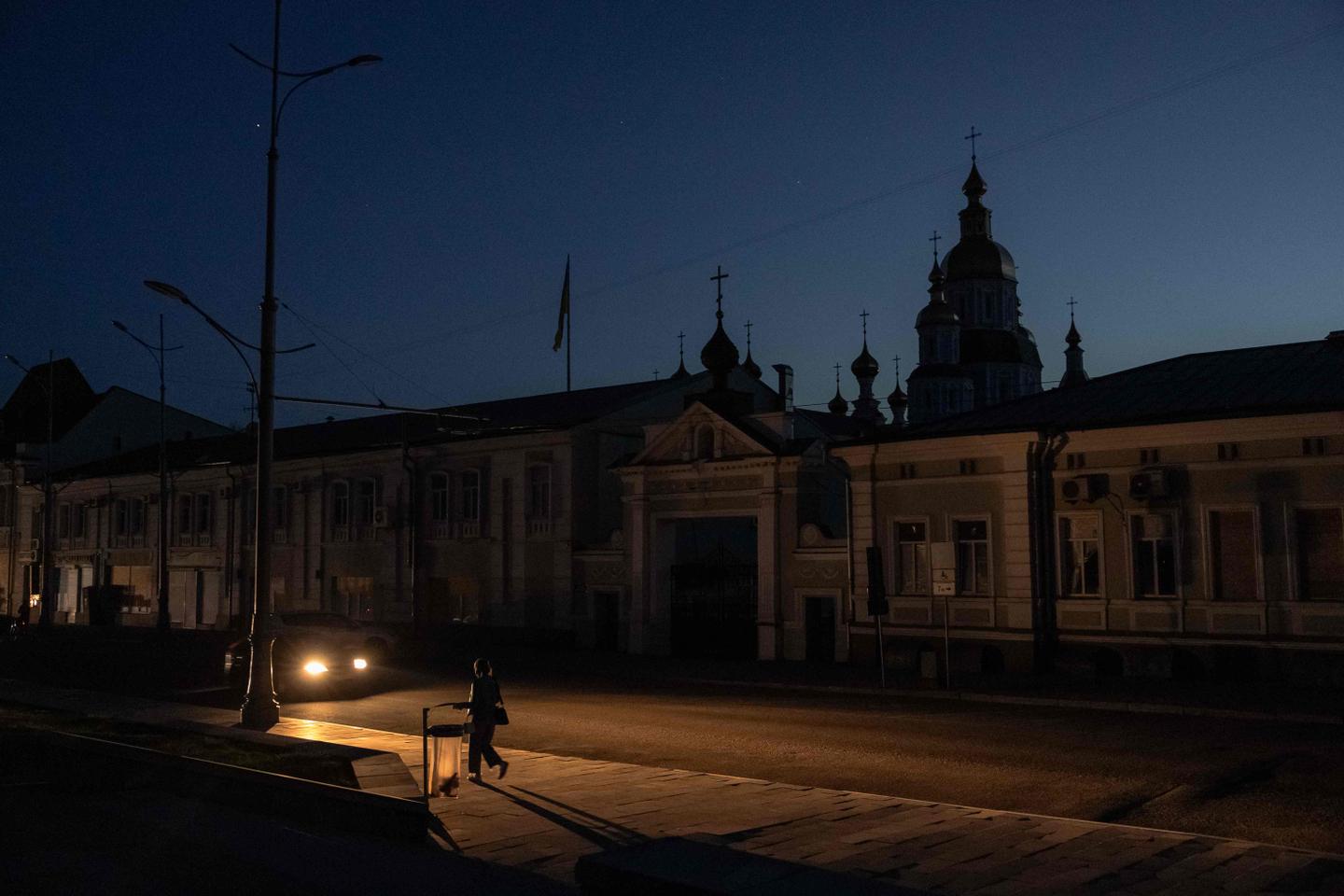Heatwave withers lake, threatens rice crop in Malaysia’s north as climate crisis bites – Technologist
In Malaysia, the El Niño weather phenomenon has collided with the regular regional Southwest Monsoon season, which brings lower air humidity, causing less rain cloud formation and lower rainfall from May to September, according to the Meteorology Department.
Taiping, Malaysia’s wettest town on average, has gone without rain for over a month and the water has run dry at the area’s famous Taiping Lake Gardens, endangering its fertile collection of century-old rain trees.
Further north in Kedah, the drying up of the 45-metre-deep Pedu Lake reservoir has exposed the old graves of former villages relocated in 1969 to make way for the 75 sq km man-made lake.
Mohamad Faiz Mohd Amin, a water resources expert at Universiti Malaysia Kelantan, told This Week in Asia, that Taiping’s sharp decrease in rainfall, from an annual average of 4,000mm to less than 100mm, shows the country is in the teeth of climate change.
“The phenomenon of water level reduction in lakes such as Taiping and Lake Pedu is indeed worrying and can be an indication of the extraordinary effects of climate change,” Mohamad Faiz said.
The professor, who is a guest researcher at the Kyoto University Water Resource Research Centre, said that the average yearly temperature in Malaysia has increased by 0.14 degrees Celsius every decade since the 1970s.
With higher temperatures increasing the rate of evaporation, the drop in water levels in these leading lakes affects not only domestic and industrial water supplies but also local ecosystems and the economy.
“Lack of water can decrease agricultural yields, especially rice, which depends on irrigation from dams and lakes. This can cause food price instability and reduce the country’s food security,” the professor said.
The northern area of the peninsula, particularly Kedah, is Malaysia’s prime rice-planting region, producing almost one million of the 2.35 million tonnes of rice grown nationwide.
The temperature record in Malaysia has remained unbroken since 1998, at 40.1 degrees Celsius. However, the high humidity and heat island effect in its cities have made going outside unbearable to many and dangerous to vulnerable groups.
Persistent heat throughout the year has led to at least two deaths, including a three-year-old boy from heatstroke. As of Monday, 116 heat-related medical cases have been diagnosed nationwide, according to the National Disaster Management Agency (Nadma), with 27 cases of heatstroke and eight cases of heat-related seizures.
On Tuesday, Nadma reported that the water levels at the Muda Dam in Kedah and Bukit Merah Dam in Perak have shrunk to dangerous levels with only 8 and 14 per cent of their capacity, respectively.
The government has carried out three days of cloud seeding since Monday to increase the water levels at the two dams.
Six other dams in the north of the peninsula, including two in the heavily populated urban areas of Penang, with a metropolitan population of almost 3 million people, are at a warning level, with only one having more than 50 per cent capacity.
With an average water consumption of 887 million litres per day, the Penang state government has issued an advisory for the public to reduce water consumption by 10 per cent until the anticipated rainy season begins in September.
Boosted by La Niña, this year’s rainy season is expected to be more severe, particularly in the northern parts of the Malaysian peninsula, which border Thailand.
Parts of Thailand have been deluged over recent days, sparking emergency rescues of stranded tourists and residents in the east of the country.


